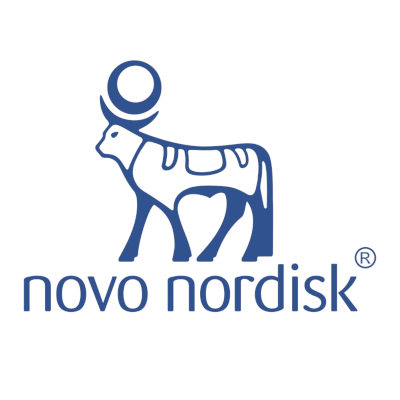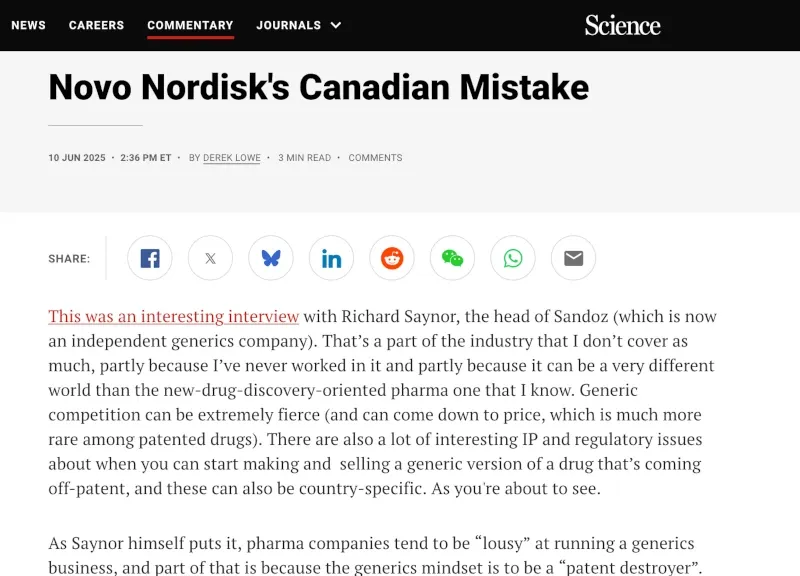Novo Nordisk patent protections lapse in Canada
Novo Nordisk's patent protections lapse early after forgetting to pay a small fee allows a Canadian Generic to get to market faster.

One of the greatest ways to increase accessibility of GLP1s is via patent protection expiration – being able to make generics dramatically reduces costs and helps more people access GLP1s.
We try to keep up with when patents are expected to lapse, but only for the US market. Clearly more exciting news is happening elsewhere.
What happened?
An executive reported during an interview that they were launching a Semaglutide generic, and detailed the how:

Read our analysis and what this could mean for supply:




